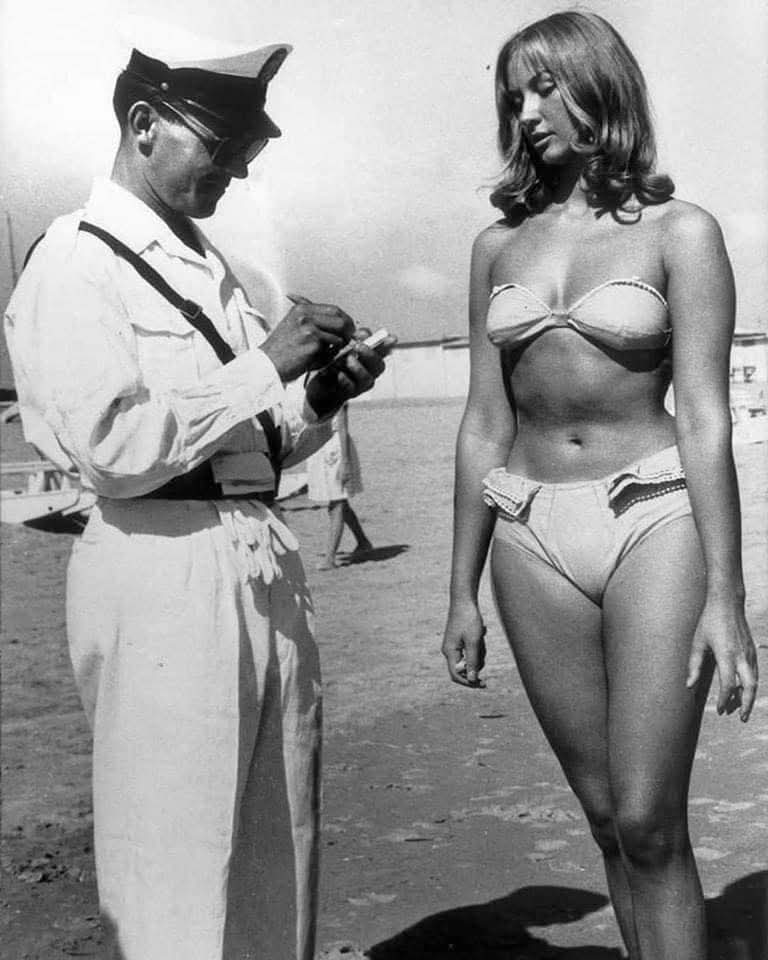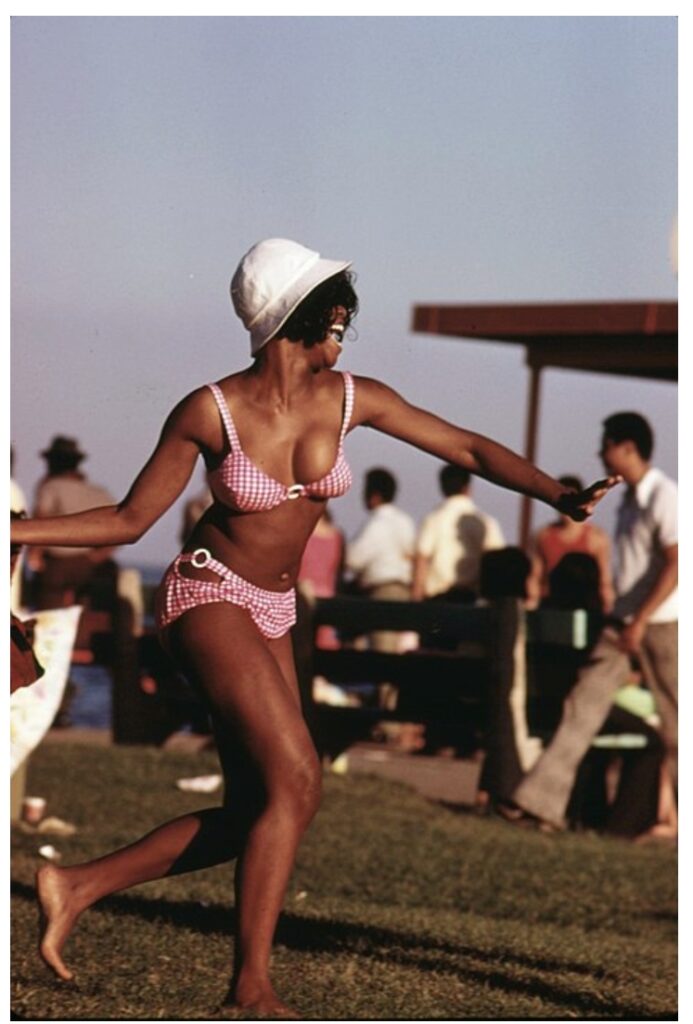
Evidence of bikini-style women’s clothing has been found as early as 5600 BC, and the history of the bikini can be traced back to that era. Illustrations of women wearing bikini-like garments during competitive athletic events in the Roman era have been found in several locations, the most famous of which is at Villa Romana del Casale.
Although two-piece bathing suits were being used by women as early as the 1930s, the modern bikini is dated to July 5, 1946, when, partly due to material rationing after World War II, French engineer Louis Réard introduced the modern bikini, modeled by Micheline Bernardini. Reard named his design after the Bikini Atoll, where the first post-war tests of the atomic bomb were taking place.
French women welcomed the design but the Catholic Church, some media, and a majority of the public initially thought the design was risqué or even scandalous. Contestants in the first Miss World beauty pageant wore them in 1951, but the bikini was then banned from the competition. Actress Brigitte Bardot drew attention when she was photographed wearing a bikini on the beach during the Cannes Film Festival in 1953.
Other actresses, including Rita Hayworth and Ava Gardner, also received press attention when they wore bikinis. During the early 1960s, the design appeared on the cover of Playboy and Sports Illustrated, credited with giving it additional legitimacy. Ursula Andress made a huge impact when she emerged from the surf wearing what is now an iconic bikini in the James Bond movie Dr. No (1962). The deer skin bikini worn by Raquel Welch in the film One Million Years B.C. (1966) turned her into an international sex symbol and was described as a definitive look of the 1960s.
The bikini gradually grew to gain wide acceptance in Western society. According to French fashion historian Olivier Saillard, the bikini is perhaps the most popular type of female beachwear around the globe because of “the power of women, and not the power of fashion”. As he explains, “The emancipation of swimwear has always been linked to the emancipation of women.” By the early 2000s, bikinis had become a US$811 million business annually, and boosted spin-off services like bikini waxing and sun tanning.
Why was Bikini Banned in Italy

The bikini was banned in Italy in 1957 because it was considered too immodest to wear in public. The bikini was also banned in other countries, including Australia, Spain, Portugal, and on the French Atlantic coastline. In the United States, the bikini was prohibited or discouraged in many states.
The bikini was controversial in the 1950s, and even attracted the attention of the Pope, who called it sinful. However, by the 1960s, the bikini had become mainstream, thanks to pop culture icons like Brigitte Bardot and Raquel Welch.
The bikini first appeared in a fashion event in 1946 at a poolside show in Paris. Micheline Bernardini, a cabaret dancer at the Casino de Paris, was the first woman to wear a bikini in public at the Molitor swimming pool in Paris.












Leave a Reply